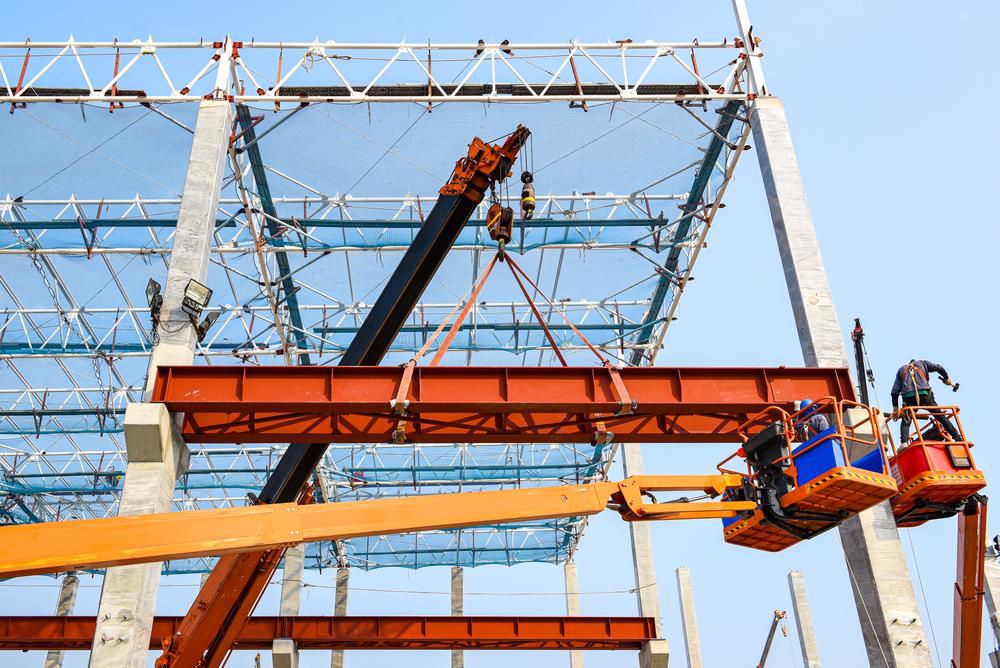Nov . 12, 2024 19:21 Back to list
circular column formwork
Circular Column Formwork An Essential Component in Modern Construction
In the evolving landscape of modern construction, efficiency, structural integrity, and aesthetics are paramount. Among the myriad of methodologies and tools that have emerged, circular column formwork stands out as a critical element for constructing circular columns that embody these values. This innovative approach not only streamlines construction processes but also enhances the overall quality of architectural projects.
Understanding Circular Column Formwork
Circular column formwork is a temporary mold used during the building process to shape concrete into cylindrical columns. This formwork is designed to support the liquid concrete until it hardens and gains sufficient strength. Unlike traditional, rectangular formworks, circular formworks offer unique benefits that cater to specific architectural requirements, particularly in high-rise buildings, bridges, and other structures that necessitate round columns for both aesthetics and functional purposes.
Advantages of Circular Column Formwork
1. Enhanced Aesthetic Appeal One of the most visually striking advantages of circular columns is their graceful appearance. Circular columns can lend a modern and sophisticated look to buildings, making them popular in contemporary architecture. With formwork designed specifically for circular columns, architects can create fluid lines and seamless designs that enhance the visual appeal of any structure.
2. Increased Structural Integrity Circular columns tend to provide superior load distribution compared to square or rectangular columns. Their geometry allows for even stress distribution, which is critical in high-load applications. By using circular column formwork, engineers can ensure that the concrete cures uniformly, minimizing the risk of weak points within the structure.
3. Time Efficiency The design of circular column formwork often allows for quicker installation and removal compared to traditional forms. Many modern systems employ modular components that can be easily assembled on-site. This efficiency translates into reduced labor costs and shorter project timelines, making it an attractive option for construction companies aiming to meet tight deadlines.
circular column formwork

4. Versatility Circular column formwork is adaptable to various project scales, from small residential buildings to large public structures. Many systems can be adjusted to create different diameters, heights, and reinforcement configurations, allowing builders to customize solutions for their specific needs.
5. Improved Safety The use of formwork increases safety during construction. By providing a stable mold for pouring concrete, formwork minimizes the risk of accidents related to unstable structures. Furthermore, many circular formwork systems are designed with safety features that protect workers during assembly and disassembly.
Types of Circular Column Formwork
There are several different systems available on the market, including single-use and reusable version. Single-use formwork is typically made from materials like plywood or plastic and is designed for one-time use. While they are often less expensive, they generate more waste. In contrast, reusable circular column formwork is constructed from durable materials such as steel or aluminum and is designed to be used multiple times. This is more cost-effective in the long run and is an environmentally friendly option.
Another innovative approach includes slipform technology, where the formwork is continuously moved upward as the concrete sets. This technique is especially useful in high-rise construction, as it allows for the rapid erection of column structures without the need for extensive temporary supports.
Conclusion
In summary, circular column formwork represents a pivotal advancement in the construction industry, merging efficiency with aesthetic considerations and structural integrity. As architects and builders strive for innovative designs to meet the demands of modern infrastructure, the versatility and benefits of circular column formwork make it an indispensable tool. As construction technology continues to advance, embracing such innovative solutions will undoubtedly play a significant role in shaping the future of the built environment. By integrating circular column formwork into their practices, construction professionals can ensure the successful realization of architecturally stunning and structurally sound projects.
-
High-Quality U Head Jack Scaffolding – Reliable Scaffolding Jack Head Manufacturer & Factory
NewsJul.08,2025
-
High-Quality I Beam H20 Leading Timber Beam H20 Material Factory, Exporters & Manufacturers
NewsJul.08,2025
-
High-Quality Powder Coating Steel Formwork - Durable & Corrosion Resistant Solutions
NewsJul.07,2025
-
Inclined Column Formwork Supplier – Durable & Precise Solutions for Unique Structures
NewsJul.07,2025
-
High-Quality Water Stop Solutions Trusted Water Stop Company & Suppliers
NewsJul.07,2025
-
High-Quality Formwork Material Supplier Reliable Manufacturer & Factory Solutions
NewsJul.06,2025